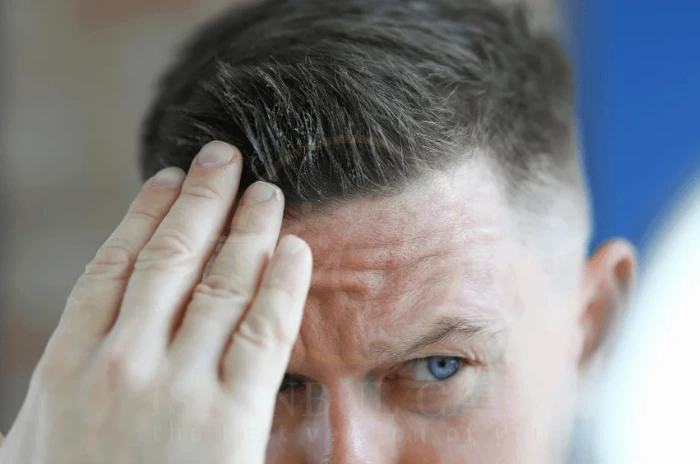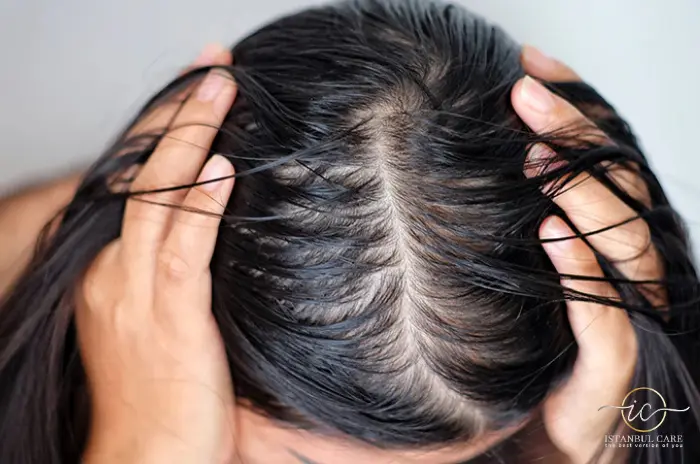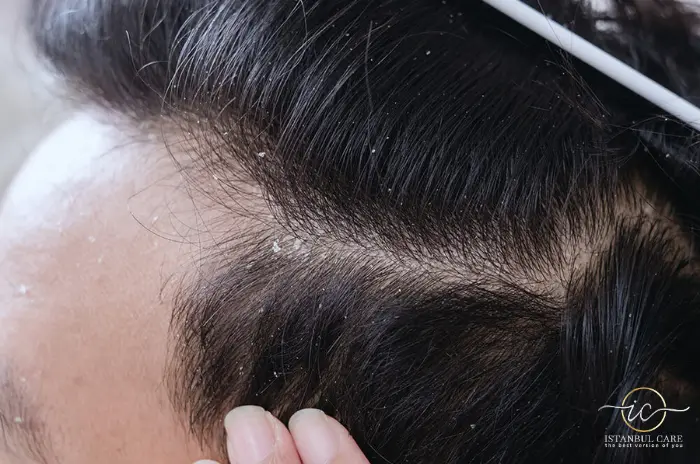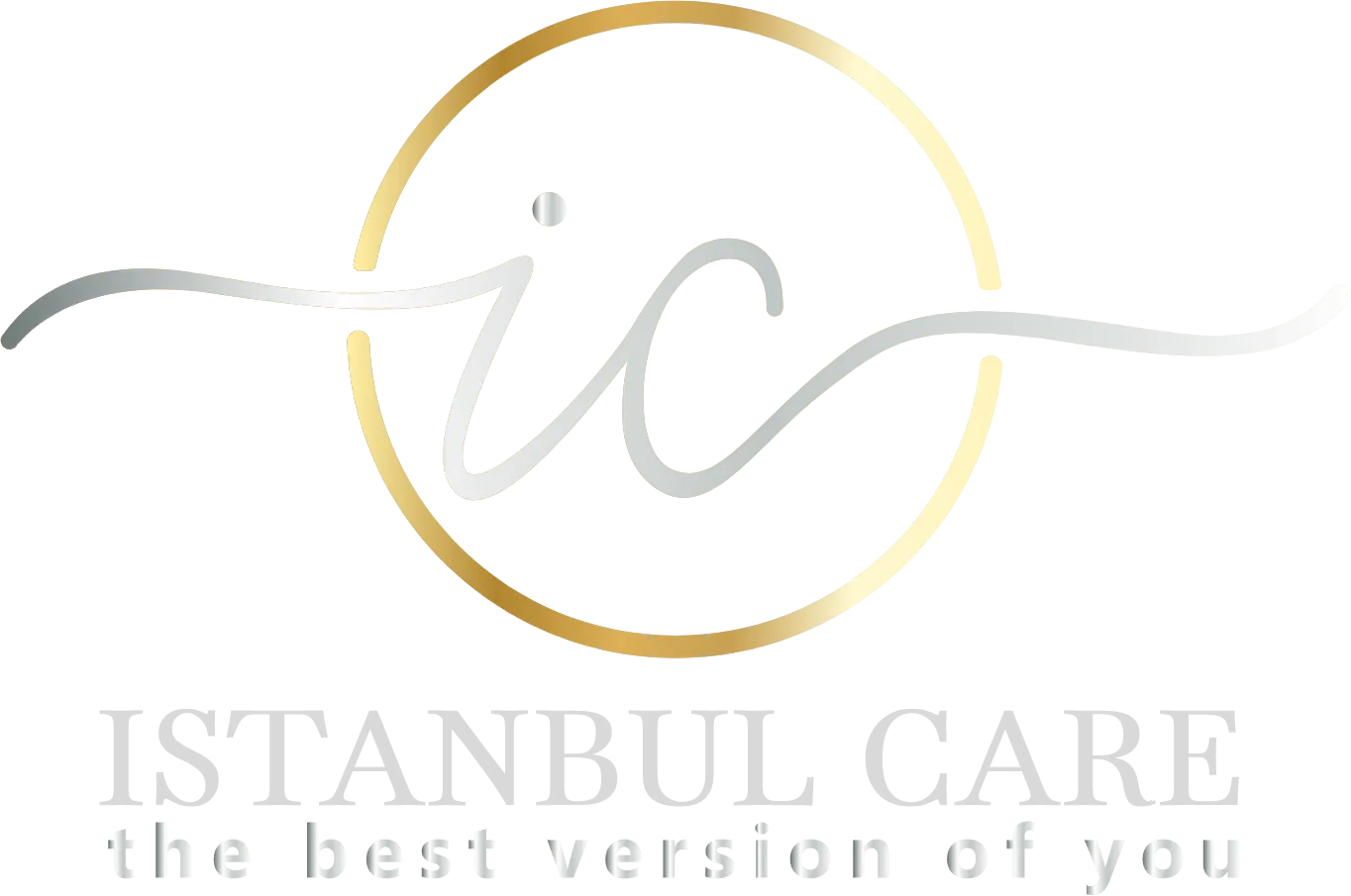Gel for the hair is a popular styling product used by millions of people worldwide to achieve their desired look. However, concerns about whether hair gel causes hair loss have become increasingly common among users. While hair gel itself doesn’t directly cause permanent baldness, improper use and certain ingredients can lead to hair damage and scalp irritation.
Understanding the relationship between hair gel and hair loss is crucial for maintaining healthy hair while achieving your styling goals. Many people worry about harmful effects of hair gel on their hair and scalp, especially with daily use. The key lies in knowing which ingredients to avoid, how to use styling products safely, and when to consider hair gel alternatives.
This comprehensive guide will explore the science behind hair gel ingredients, discuss hair gel damage prevention strategies, and provide practical solutions for those experiencing issues. Whether you’re concerned about product buildup hair loss or looking for natural alternatives to hair gel, this article will help you make informed decisions about your hair care routine.

Does Gel for The Hair Cause Hair Loss?
The relationship between hair gel and hair loss is more complex than a simple yes or no answer. Understanding the difference between natural hair loss and gel-related effects is essential for making informed decisions about your styling routine.
Natural Hair Loss vs. Gel Effects
Most people naturally lose 50-100 hairs per day as part of the normal hair growth cycle. This process occurs regardless of hair gel use and shouldn’t be confused with hair gel damage. However, certain styling practices combined with gel use can accelerate hair loss or make it more noticeable.
Traction alopecia from gel can occur when hair is pulled tightly into styles and held in place with strong-hold products. This type of hair loss results from constant tension on hair follicles rather than the gel itself. The combination of tight styling and heavy gel application creates stress on both the hair shaft and follicles.
Regular hair shedding may appear more pronounced when using gel because the product can trap loose hairs that would normally fall out throughout the day. When you wash your hair, these trapped hairs are released all at once, creating the illusion of excessive hair loss.
Hair Gel’s Ingredients and Safety
The safety of hair gel largely depends on its ingredients and how frequently you use it. Many commercial gels contain vinyl monomer in hair gel formulations, along with alcohols and synthetic polymers that can affect hair health over time.
Hair gel ingredients to avoid include high concentrations of drying alcohols like ethanol and isopropyl alcohol. These ingredients can strip natural oils from your hair and scalp, leading to dryness and brittleness. However, not all alcohols are harmful – fatty alcohols like cetyl and stearyl alcohol actually provide moisturizing benefits.
| Ingredient Type | Examples | Effect on Hair | Safety Level |
|---|---|---|---|
| Drying Alcohols | Ethanol, Isopropyl Alcohol, Denatured Alcohol | Strips moisture, causes breakage | ❌ Avoid |
| Fatty Alcohols | Cetyl Alcohol, Stearyl Alcohol, Cetearyl Alcohol | Moisturizes and conditions | ✅ Safe |
| Synthetic Polymers | PVP, Acrylates Copolymer | Provides hold but can cause buildup | ⚠️ Use carefully |
| Natural Waxes | Beeswax, Carnauba Wax, Candelilla Wax | Gentle hold with conditioning | ✅ Safe |
| Sulfates | Sodium Lauryl Sulfate, SLS | Can irritate scalp and strip oils | ❌ Avoid |
| Preservatives | Parabens, Formaldehyde-releasing agents | May cause allergic reactions | ⚠️ Use carefully |
Preservatives and fragrances in hair gel can also trigger allergic reactions in sensitive individuals. These reactions may manifest as scalp irritation, which can indirectly affect hair health by creating an inflammatory environment around hair follicles.
Can Tight Hairstyles with Gel Pull Hair?
Tight hairstyles combined with strong-hold gel can indeed contribute to hair loss through mechanical stress. This occurs when hair is consistently pulled taut and secured with gel, creating constant tension on the hair shaft and follicles.
The weight of gel can exacerbate this problem by adding extra stress to already taut hair. Over time, this combination can weaken hair at the root and lead to breakage or even follicle damage in severe cases.
Hair gel breakage often occurs at the point where the hair is most stressed – typically near the hairline or wherever the style creates the most tension. This type of damage is preventable by choosing gentler styling methods and using lighter amounts of product.
How Hair Gel Can Damage Hair or Scalp
Understanding how hair gel can potentially harm your hair and scalp helps you make better choices about product selection and application methods. The key is recognizing which ingredients and practices pose the greatest risks.
Alcohol in Gel Can Dry and Break Hair
High alcohol content in hair gel is one of the primary causes of hair gel damage. Drying alcohols like ethanol work by evaporating quickly, which helps set your hairstyle but can simultaneously strip moisture from your hair shaft.
Avoid alcohols in hair gel by reading ingredient labels carefully. Look for products that use fatty alcohols instead of drying alcohols, or choose alcohol-free formulations entirely. Fatty alcohols like cetearyl alcohol actually help condition and moisturize hair while providing styling benefits.
Repeated exposure to drying alcohols can make hair brittle and prone to breakage. This is especially problematic for people with naturally dry or chemically treated hair, who already have compromised hair cuticles that are more susceptible to damage.
Irritating Ingredients Like Propylene Glycol
Propylene glycol is commonly used in hair gels as a humectant and solvent, but it can cause scalp irritation in sensitive individuals. This ingredient can lead to contact dermatitis, characterized by redness, itching, and flaking that may be mistaken for dandruff.
Gel and scalp irritation often develops gradually with continued use. Initial symptoms may include mild itching or a tight feeling on the scalp, which can progress to more severe reactions if the irritating product continues to be used.
Other potentially irritating ingredients include sulfates, parabens, and synthetic fragrances. These additives can disrupt the scalp’s natural barrier function and create an environment conducive to irritation and inflammation.
Gel Flaking May Look Like Dandruff
Many people experience flaking when using hair gel, which they may mistake for dandruff from hair gel. This flaking typically occurs when gel formulations are incompatible with other hair products or when too much product is applied.
Product flaking happens when gel particles don’t properly adhere to the hair shaft or when they interact poorly with oils or other styling products. This creates visible white or gray flakes that can be embarrassing and concerning for users.
The difference between true dandruff and gel flaking lies in the underlying cause. Dandruff results from scalp conditions like seborrheic dermatitis, while gel flaking is purely a product-related issue that can be resolved by changing products or application methods.

Signs Your Hair Gel Use May Be Harmful
Recognizing warning signs early can help prevent more serious hair and scalp problems. Pay attention to changes in your hair’s texture, appearance, and your scalp’s comfort level.
Scalp Feels Dry, Itchy, or Oily After Gel Use
A healthy scalp should feel comfortable and balanced after using hair products. If you notice persistent dryness, itching, or excessive oiliness after applying gel, these may be signs that your current product isn’t suitable for your hair type.
Dryness and itching often indicate that the gel is stripping natural oils from your scalp or contains irritating ingredients. Conversely, excessive oiliness might suggest that your scalp is overproducing sebum in response to harsh ingredients or that you’re using too much product.
Pantene hair care tips recommend discontinuing use of any product that causes persistent scalp discomfort. Your scalp’s reaction is often the first indicator of whether a styling product is compatible with your hair and skin chemistry.
You Notice Flakes or Excess Oil From Buildup
Product buildup is a common problem with regular gel use, especially if you don’t wash your hair frequently enough or use clarifying products. Buildup can manifest as flakes, greasy residue, or a general feeling of heaviness in your hair.
Product buildup hair loss can occur when accumulated products clog hair follicles or create an unhealthy scalp environment. While this rarely causes permanent hair loss, it can temporarily affect hair growth and overall hair health.
Visible flaking or persistent greasiness despite regular washing are clear signs that you need to adjust your hair care routine. This might involve using clarifying shampoos, reducing gel application frequency, or switching to lighter-weight products.
How to Use Hair Gel Safely
Safe hair gel use involves choosing the right products, applying them correctly, and maintaining proper hair hygiene. These practices can help you achieve your desired style while minimizing potential damage.
Use Small Amounts to Protect Hair
Less is often more when it comes to hair gel application. Using excessive amounts can lead to buildup, increased weight on your hair, and a higher likelihood of flaking or residue. Hair gel safe use starts with proper portion control.
Begin with a small amount – typically a dime-sized portion for short to medium-length hair. You can always add more if needed, but removing excess gel once applied is difficult and often requires rewashing your hair.
Apply gel to slightly damp hair for better distribution and to reduce the concentration of product on any single section. This technique also helps prevent the crunchy or stiff feeling that can result from applying too much product to dry hair.
Wash Hair Daily to Avoid Buildup
Daily gel hair washing is essential for preventing product buildup and maintaining scalp health. Regular cleansing removes accumulated gel residue, dead skin cells, and excess oils that can interfere with healthy hair growth.
Choose a gentle, sulfate-free shampoo that effectively cleanses without over-stripping your hair’s natural oils. If you use gel daily, you may benefit from using a clarifying shampoo once or twice a week to ensure complete product removal.
Pay special attention to your scalp during washing, using your fingertips to gently massage and dislodge any buildup. Thorough rinsing is equally important to ensure no shampoo or gel residue remains in your hair.
Do a Patch Test for Allergies
Before using any new hair gel, perform a patch test to check for allergic reactions or sensitivities. Apply a small amount of the product to your inner forearm or behind your ear and wait 24-48 hours to observe any reactions.
Signs of sensitivity include redness, itching, burning, or swelling at the test site. If you experience any of these symptoms, avoid using the product on your scalp and hair, as the reaction will likely be more severe in these sensitive areas.
Even if you’ve used similar products before, new formulations or brands may contain different ingredients that could trigger reactions. Taking time for patch testing can prevent uncomfortable and potentially damaging scalp reactions.
Better Options If You’re Worried About Hair Loss
If hair loss concerns you, several alternatives can provide styling benefits while potentially being gentler on your hair and scalp. Understanding these options helps you make informed choices about your styling routine.
Try Hairspray, Pomade, or Wax Instead
Hair gel alternatives include various styling products that may be less likely to cause buildup or irritation. Hairspray provides hold without the weight and residue associated with gel, making it ideal for fine or thinning hair.
Pomades offer a different type of hold and shine while often containing conditioning ingredients that can benefit hair health. Water-based pomades are particularly easy to wash out, reducing the risk of buildup that can occur with traditional gel formulations.
Hair wax provides texture and hold while allowing for more flexibility than gel. Many wax formulations contain natural ingredients like beeswax or plant-based waxes that are less likely to cause irritation than synthetic gel ingredients.
Treat Hereditary Hair Loss Medically
If you’re experiencing significant hair loss, it’s important to address the underlying cause rather than simply changing styling products. Hair restoration options include medical treatments, topical solutions, and in some cases, surgical procedures.
Hereditary hair loss (androgenetic alopecia) affects both men and women and requires medical intervention for effective treatment. Popular treatments include minoxidil (Rogaine), finasteride (Propecia for men), and newer options like low-level laser therapy.
Consulting with a dermatologist or trichologist can help determine whether your hair loss is related to styling practices or underlying genetic factors. Early intervention often provides the best outcomes for treating pattern hair loss.

Can Gel Buildup Make Your Hair Look Thin?
Product buildup can significantly affect your hair’s appearance, making it look flat, lifeless, and potentially thinner than it actually is. Understanding how buildup occurs and how to prevent it is crucial for maintaining healthy-looking hair.
Gel Flaking Can Be Mistaken for Dandruff
When gel flakes accumulate on your scalp and hair, they can create the appearance of severe dandruff or scalp irritation. This flaking can make your scalp visible through your hair, creating the illusion of thinning or sparse coverage.
Unlike true dandruff, gel flaking typically occurs in larger, more irregular pieces and may have a different texture or color than natural skin flakes. The flakes often appear white or gray and may feel sticky or waxy to the touch.
Distinguishing between gel flaking and actual scalp conditions is important for choosing the right treatment approach. Gel flaking resolves with proper product removal, while dandruff requires specific anti-fungal or anti-inflammatory treatments.
Daily Washing and Clarifying Shampoos Remove Buildup
Regular cleansing with appropriate products is the most effective way to prevent and remove gel buildup. Daily washing and clarifying shampoos remove buildup by dissolving accumulated products and lifting them away from hair and scalp surfaces.
Clarifying shampoos are specifically formulated to remove heavy product buildup that regular shampoos might not eliminate completely. These products typically contain stronger surfactants that can cut through waxy or polymer-based residues.
Use clarifying shampoos once or twice a week if you use gel regularly, or more frequently if you notice signs of buildup. Follow clarifying treatments with a moisturizing conditioner to restore hydration that may be removed during the deep-cleansing process.
Overwashed Hair Won’t Actually Fall Out
A common misconception is that frequent washing causes hair loss. In reality, overwashed hair won’t actually fall out – what you see in the drain is typically hair that was already in the shedding phase of the growth cycle.
Daily washing is necessary when using styling products regularly, and it won’t damage healthy hair when done with appropriate products and techniques. The key is using gentle, sulfate-free shampoos and avoiding excessive heat or aggressive scrubbing.
If you notice more hair in the drain after starting a new washing routine, this is likely the result of removing hair that was previously trapped by styling products. This temporary increase in visible shedding should normalize within a few weeks.
What Gel Alternatives Are Better for Hair Health
Choosing healthier alternatives to traditional hair gel can help you maintain your desired style while supporting overall hair health. These alternatives often provide similar styling benefits with fewer potential drawbacks.
Try Pomades, Leave‑In Creams, or Styling Powders
Natural alternatives to hair gel include pomades made with natural waxes and oils, leave-in creams that provide light hold with conditioning benefits, and styling powders that add texture without weight or residue.
Pomades, particularly water-based formulations, offer excellent hold and shine while being easier to wash out than traditional gels. Many pomades contain beneficial ingredients like coconut oil, shea butter, or argan oil that can actually improve hair health with regular use.
Leave-in creams provide light to medium hold while delivering moisture and protection to your hair. These products are particularly beneficial for dry or damaged hair, as they combine styling benefits with treatment properties.
Choose Products That Nourish, Not Just Hold
Safe hair gel alternatives often focus on nourishing hair while providing styling benefits. Look for products that contain vitamins, natural oils, or proteins that can help strengthen and protect your hair while achieving your desired look.
Products with ingredients like biotin, keratin, or plant-based proteins can help fortify hair against damage while providing styling hold. Similarly, formulations containing natural oils like jojoba or argan oil can add moisture and shine while maintaining your hairstyle.
Avoid products with harsh sulfates, drying alcohols, or excessive amounts of synthetic fragrances and dyes. These ingredients provide no styling benefits and can potentially harm your hair and scalp with regular use.
Solutions for Hair Loss Caused by Hair Gel
If you suspect that hair gel use has contributed to hair damage or loss, taking corrective action promptly can help prevent further damage and promote recovery. Understanding when to seek professional help is also crucial.
Dermatologist-Recommended Hair Care Routines
Professional guidance can be invaluable when dealing with hair loss concerns. Dermatologists often recommend specific routines that combine gentle cleansing, targeted treatments, and protective styling practices to support hair recovery.
A typical dermatologist-recommended routine might include using gentle, pH-balanced shampoos, incorporating scalp treatments with ingredients like salicylic acid or tea tree oil, and using protective styling products that don’t contribute to further damage.
Regular scalp massage and proper nutrition also play important roles in supporting hair health. Your dermatologist may recommend supplements or topical treatments to address any underlying deficiencies or conditions contributing to hair loss.
Signs You Should Stop Using Your Current Hair Gel
Certain warning signs indicate that you should immediately discontinue use of your current hair gel. These include persistent scalp irritation, increasing hair breakage, or worsening of any existing scalp conditions.
Immediate discontinuation is necessary if you experience severe allergic reactions such as swelling, intense itching, or development of sores or lesions on your scalp. These reactions can worsen with continued exposure and may require medical treatment.
More subtle signs like gradually increasing hair fragility, persistent flaking despite proper washing, or changes in hair texture should also prompt you to reconsider your product choice and potentially seek professional advice.
Treatments to Repair Gel-Damaged Hair
Treatments to repair gel-damaged hair often focus on restoring moisture, strengthening the hair shaft, and supporting healthy scalp function. Deep conditioning treatments can help restore elasticity and shine to hair damaged by harsh gel ingredients.
Protein treatments may be beneficial for hair that has become weak or brittle from gel use. These treatments help temporarily fill in gaps in the hair cuticle and can improve hair’s overall strength and appearance.
Scalp treatments with ingredients like niacinamide, peptides, or botanical extracts can help restore healthy scalp function and create an optimal environment for hair growth. Consistency with these treatments is key to seeing meaningful improvements.
Speak with our expert Hair Transplantation specialists

Speak with our expert Hair Transplantation specialists
We’re ready to answer your questions
FAQs for Hair Gel and Hair Loss: The Complete Guide to Safe Styling
Hair gel itself doesn’t directly cause hair loss or permanent baldness, but improper use and harsh ingredients can contribute to hair damage and breakage.
Hair gel damage occurs through drying alcohols, product buildup, scalp irritation, and tension from tight styling that can lead to breakage and temporary thinning.
Hair gel ingredients to avoid include drying alcohols like ethanol, propylene glycol, sulfates, and vinyl monomer in hair gel formulations that can irritate the scalp.
Warning signs include persistent scalp itching, dryness, dandruff from hair gel, increased breakage, flaking, and gel and scalp irritation that doesn’t resolve.
Hair gel safe use involves applying small amounts, daily gel hair washing to prevent buildup, patch testing new products, and choosing alcohol-free formulations.
Product buildup hair loss can make hair appear thinner by weighing it down and creating flaking that exposes more scalp area than normal.
Safe hair gel alternatives include natural alternatives to hair gel like pomades, leave-in creams, styling powders, and products with nourishing ingredients.
Stop using harmful products immediately, use deep conditioning treatments, maintain proper hair gel damage prevention practices, and consult a dermatologist for persistent issues or significant hair loss.

